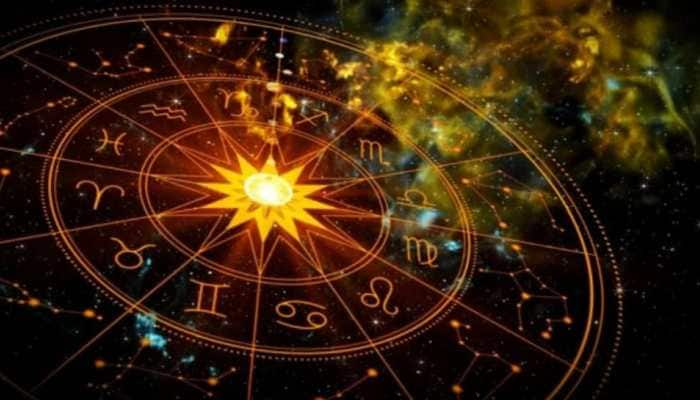Einstein's general theory of relativity still valid: Japanese scientists
To test Einstein's theory, researchers used “FastSound Survey” data on more than 3,000 distant galaxies to analyze their velocities and clustering.
Trending Photos
)
Tokyo: After analysing a 3D map of 3,000 galaxies 13 billion light years from Earth, an international team led by Japanese researchers has found that theoretical physicist Albert Einstein's general theory of relativity is still valid.
The mysterious dark energy could be driving acceleration, or Einstein's theory of general relativity, which says gravity warps space and time, could be breaking down.
“We tested the theory of general relativity further than anyone else ever has. It's a privilege to be able to publish our results 100 years after Einstein proposed his theory," said project researcher Teppei Okumura from Kavli Institute for the Physics and Mathematics (Kavli IPMU) at University of Tokyo.
To test Einstein's theory, the team led by Okumura and colleagues, with researchers from Tohoku University and Kyoto University, used “FastSound Survey” data on more than 3,000 distant galaxies to analyze their velocities and clustering.
The results indicated that even far into the universe, general relativity is valid, giving further support that the expansion of the universe could be explained by a cosmological constant as proposed by Einstein in his theory of general relativity.
“Having started this project 12 years ago, it gives me great pleasure to finally see this result come out," added Karl Glazebrook, professor at Swinburne University of Technology who proposed the survey.
No one has been able to analyse galaxies more than 10 billion light years away but the team managed to break this barrier thanks to the FMOS (Fiber Multi-Object Spectrograph) on the Subaru Telescope which can analyse galaxies 12.4-14.7 billion light years away.
The details of the study were published in the Publications of the Astronomical Society of Japan.
Stay informed on all the latest news, real-time breaking news updates, and follow all the important headlines in india news and world News on Zee News.
Advertisement
Live Tv
Advertisement







)
)
)
)
)
)
)
)
)
)
